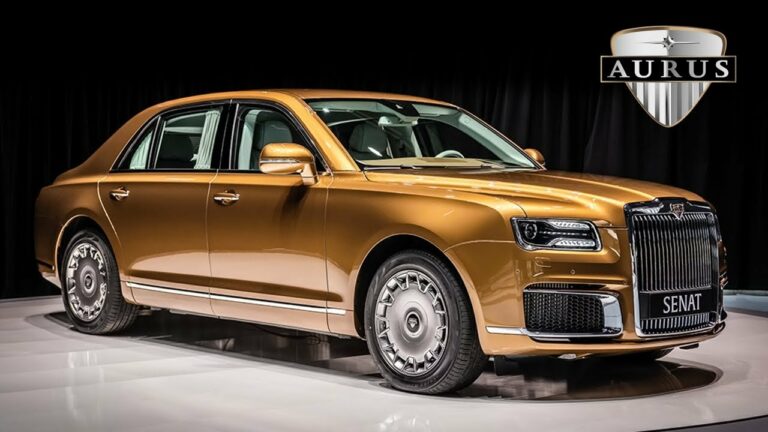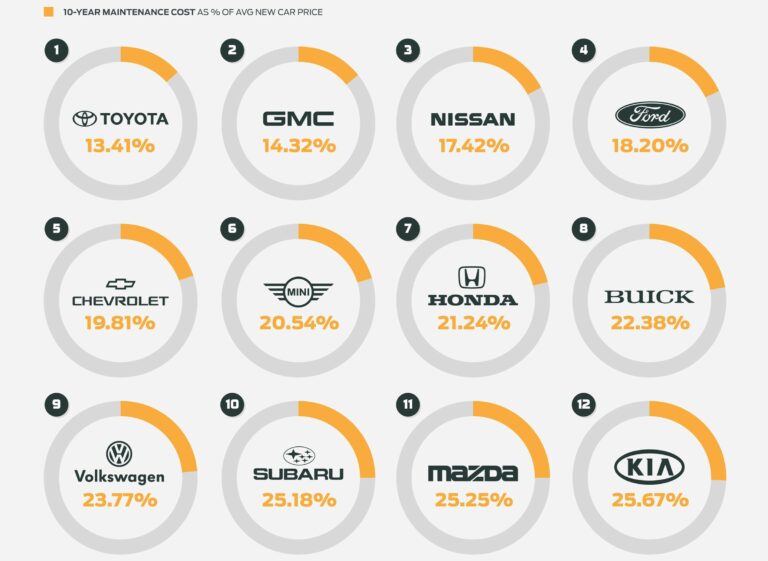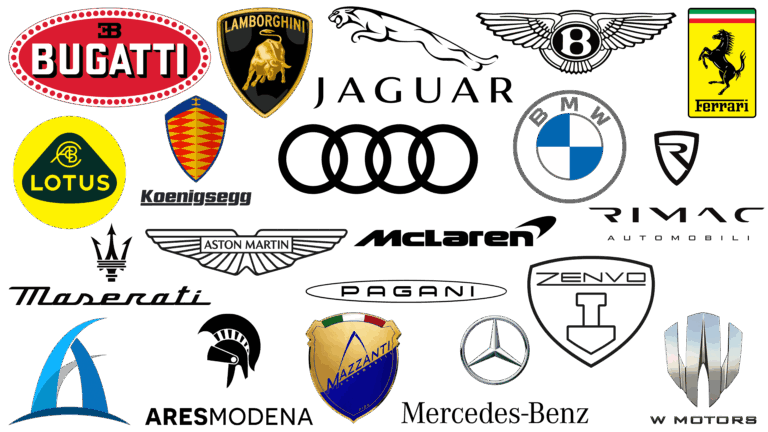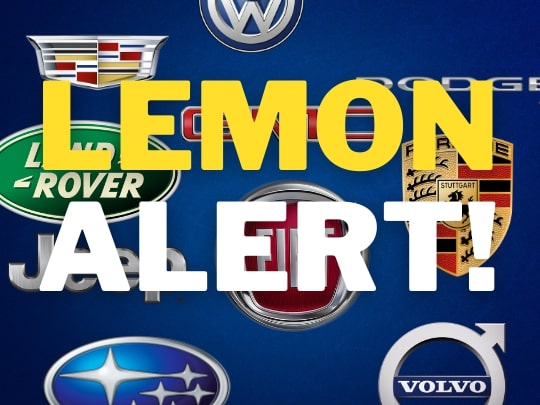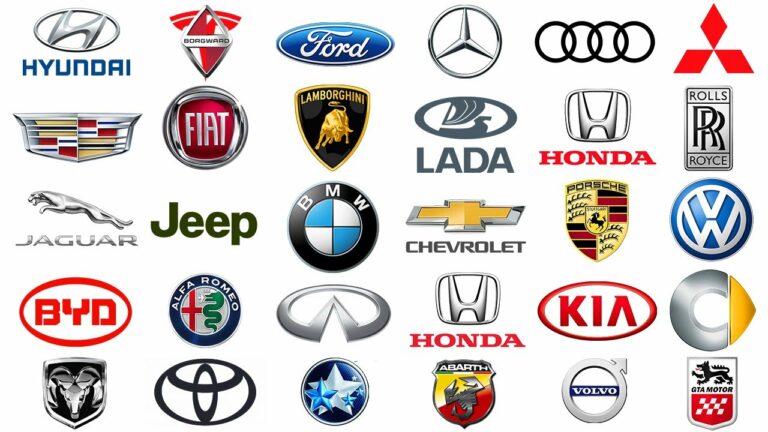Big Car Brands: The Titans Shaping Our Automotive World
Big Car Brands: The Titans Shaping Our Automotive World cars.truckstrend.com
The automotive industry is a colossal landscape, a global nexus of engineering, design, and commerce that impacts economies, shapes cultures, and defines personal mobility. At its heart lie the "Big Car Brands"—the titans that dominate production, innovation, and consumer consciousness worldwide. These aren’t just companies; they are multifaceted empires, responsible for billions in revenue, millions of jobs, and the vehicles that transport us daily. Understanding these automotive giants is key to comprehending the past, present, and future of transportation, from the daily commute to the cutting-edge of autonomous electric vehicles. This comprehensive guide will delve into what makes these brands "big," explore their impact, offer insights for consumers, and peer into the challenges and opportunities that lie ahead.
The Anatomy of a Big Car Brand: What Makes Them "Big"?
Big Car Brands: The Titans Shaping Our Automotive World
What truly distinguishes a "big" car brand from its smaller counterparts or niche manufacturers? It’s a confluence of several critical factors that translate into immense scale and influence:
- Global Production Volume and Market Share: The most immediate indicator is the sheer number of vehicles produced and sold annually across continents. Brands like Toyota, Volkswagen Group, and General Motors consistently top charts, manufacturing millions of vehicles and capturing significant market share in multiple key regions.
- Extensive Brand Portfolios: Many "big" car brands are, in fact, automotive groups housing a diverse array of sub-brands catering to different market segments. The Volkswagen Group, for instance, encompasses everything from economy cars (Skoda, SEAT) to mainstream (Volkswagen), premium (Audi), luxury (Porsche, Bentley), and even supercars (Lamborghini). This diversification allows them to appeal to a vast consumer base and hedge against market fluctuations in specific segments.
- Vast R&D and Innovation Capabilities: Dominance requires relentless innovation. Big car brands invest billions annually into research and development, pioneering advancements in powertrains (internal combustion, hybrid, electric), safety features, autonomous driving technology, connectivity, and sustainable materials. This financial muscle allows them to set industry standards and push technological boundaries.
- Established Global Footprint and Supply Chains: Their operations span the globe, with manufacturing plants, sales networks, and service centers in virtually every major market. This requires incredibly complex and resilient supply chains, allowing them to source components, assemble vehicles, and distribute them efficiently worldwide.
- Brand Recognition and Legacy: Decades, sometimes over a century, of operation have cemented their names in public consciousness. Brands like Ford, Mercedes-Benz, and Honda evoke specific associations – reliability, luxury, performance – built on a long history of product delivery and marketing. This strong brand equity is an invaluable asset.
- Financial Strength and Strategic Alliances: Their immense financial resources enable massive investments, acquisitions, and strategic partnerships. This financial power allows them to weather economic downturns, invest in future technologies, and expand into new markets or mobility services.
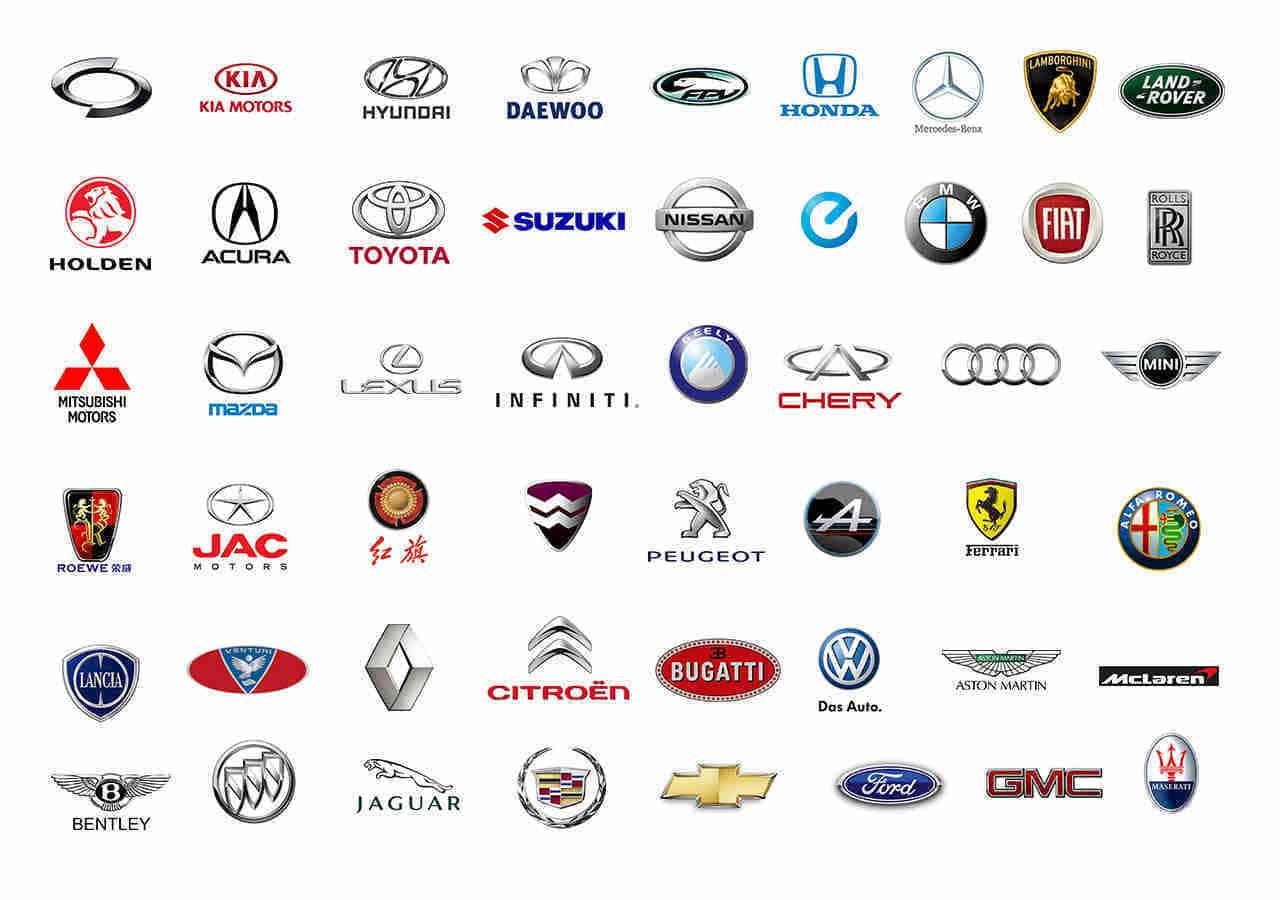
Key Players and Their Dominance: A Glimpse at the Titans
The landscape of big car brands is dominated by a handful of multinational conglomerates, each with its unique strengths and strategic focus:
- Toyota Motor Corporation: Renowned for its unwavering reliability, lean manufacturing, and pioneering hybrid technology (Prius). Toyota, along with its luxury Lexus division, consistently ranks among the top global sellers.
- Volkswagen Group: A diverse European powerhouse comprising Volkswagen, Audi, Porsche, Skoda, SEAT, Bentley, Lamborghini, and Bugatti. It leads in European sales and is making aggressive strides in electrification (e.g., VW ID. series, Audi e-tron).
- General Motors (GM): A quintessential American giant, GM’s brands include Chevrolet, GMC, Cadillac, and Buick. It holds a dominant position in the North American truck and SUV market and is heavily investing in electric vehicles (Ultium platform) and autonomous technology (Cruise).
- Stellantis: Formed from the merger of Fiat Chrysler Automobiles and PSA Group, Stellantis is a transatlantic behemoth. Its vast portfolio includes iconic brands like Jeep, Ram, Dodge, Chrysler, Alfa Romeo, Maserati, Peugeot, Citroën, and Fiat, offering a diverse range from rugged off-roaders to luxury sedans.
- Hyundai Motor Group (Hyundai, Kia, Genesis): A rapidly ascending South Korean conglomerate known for its aggressive styling, value-for-money offerings, and increasingly sophisticated technology. They are major players in the EV market with highly competitive models.
- Mercedes-Benz Group AG: Synonymous with luxury, innovation, and engineering excellence. Mercedes-Benz cars, vans, and its performance AMG division represent the pinnacle of automotive refinement and advanced technology.
- BMW Group: Another German luxury icon, encompassing BMW, Mini, and Rolls-Royce. BMW is celebrated for its driving dynamics, innovative technology, and strong focus on electrified performance.
- Ford Motor Company: A foundational American brand, Ford remains a global leader, particularly in trucks (F-Series), commercial vehicles, and SUVs. They are making significant investments in electric vehicles (F-150 Lightning, Mustang Mach-E) and connectivity.
- Honda Motor Co., Ltd.: Known for its engineering precision, fuel efficiency, and reliability, Honda’s automotive division, along with its luxury Acura brand, has a strong presence in sedans, SUVs, and compact cars globally.
- Tesla, Inc.: While a relatively new entrant compared to the centenarians, Tesla has disrupted the industry, becoming the undisputed leader in electric vehicle sales and a major force in battery technology and autonomous driving software. Its market capitalization often exceeds that of legacy automakers.

Innovation and Evolution: Driving the Future of Mobility
Big car brands are not static entities; they are dynamic forces constantly adapting to technological shifts, environmental pressures, and evolving consumer demands. Their immense R&D budgets are primarily focused on:
- Electrification: The shift from internal combustion engines (ICE) to electric vehicles (EVs) is the most profound transformation. Big brands are pouring resources into developing new EV platforms, battery technologies, charging infrastructure partnerships, and diverse electric model lineups across all segments.
- Autonomous Driving: The pursuit of self-driving cars is a race against time and technology. Major players are investing in advanced driver-assistance systems (ADAS), Lidar, radar, camera technology, and complex AI algorithms to bring varying levels of autonomous capability to market.
- Connectivity and Infotainment: Modern vehicles are increasingly becoming sophisticated mobile computing platforms. Big brands are integrating advanced infotainment systems, seamless smartphone integration, over-the-air (OTA) updates, and vehicle-to-everything (V2X) communication for enhanced safety and convenience.
- Sustainability and Circular Economy: Beyond just powertrain, brands are focusing on sustainable manufacturing processes, lightweight materials, recycled content, and developing business models that support a circular economy, reducing waste and emissions throughout the vehicle lifecycle.
- Mobility Services: Recognizing that not everyone wants to own a car, big brands are exploring and investing in ride-sharing services, car subscriptions, and integrated public transport solutions, positioning themselves as comprehensive mobility providers.
Navigating the Market: Choosing the Right Big Car Brand for You
With such a vast array of options, selecting a vehicle from a big car brand can be daunting. Here’s a guide to making an informed decision:
Important Considerations:
- Budget: Beyond the sticker price, consider the total cost of ownership, including fuel/charging, insurance, maintenance, and potential resale value.
- Needs and Lifestyle: Are you a family requiring space and safety? A commuter seeking efficiency? An adventurer needing off-road capability? A luxury seeker prioritizing comfort and prestige?
- Reliability and Durability: Research long-term reliability ratings (e.g., J.D. Power, Consumer Reports) for specific models and brands. Big brands generally have a strong track record, but variations exist.
- Safety Features: Prioritize vehicles with advanced safety technologies (e.g., automatic emergency braking, lane-keeping assist) and strong crash test ratings (e.g., NHTSA, IIHS).
- Technology and Features: Determine which infotainment, connectivity, and driver-assistance features are essential for your driving experience.
- After-Sales Service and Dealership Network: A wide and reputable dealership network ensures easier access to service, parts, and support.
- Environmental Impact: If sustainability is a priority, consider hybrid, plug-in hybrid, or full electric vehicle options, along with the brand’s overall environmental commitment.
Practical Advice and Actionable Insights:
- Research Thoroughly: Start online. Read professional reviews, owner forums, and comparison articles. Utilize configurators on brand websites to build your ideal vehicle.
- Test Drive Multiple Models: Don’t just stick to one brand or model. Drive several competitors to get a feel for different driving dynamics, comfort levels, and features.
- Compare Apples to Apples: When comparing prices and features, ensure you’re looking at equivalent trims and options across different brands.
- Consider Certified Pre-Owned (CPO): Many big brands offer CPO programs, providing peace of mind with warranty coverage and rigorous inspections, often at a significant discount over new.
- Leasing vs. Buying: Understand the pros and cons of each. Leasing can be beneficial if you like to drive a new car every few years and prefer lower monthly payments.
- Future-Proofing (to an extent): While technology evolves rapidly, consider how long you plan to keep the car. EVs and highly connected cars may have longer technological relevance.
Challenges and Opportunities: The Road Ahead
The big car brands, despite their immense power, face unprecedented challenges and exciting opportunities:
Challenges:
- Electrification Transition: The massive investment required for EV platforms, battery production, and charging infrastructure, coupled with the need to re-skill workforces, is a monumental undertaking.
- Supply Chain Volatility: Global events (pandemics, geopolitical tensions) expose vulnerabilities in complex, international supply chains, leading to chip shortages and production halts.
- Intense Competition: New EV startups and tech giants are entering the automotive space, challenging the incumbents with innovative business models and software-first approaches.
- Regulatory Pressures: Increasingly stringent emissions standards and safety regulations worldwide demand constant adaptation and significant R&D.
- Changing Consumer Habits: The rise of ride-sharing, car-sharing, and urban planning prioritizing public transport could impact traditional car ownership models.
Opportunities:
- New Revenue Streams: Software-defined vehicles, subscription services for features, and data monetization open up recurring revenue opportunities beyond vehicle sales.
- Emerging Markets: Growth in developing economies offers new consumer bases for mass-market and entry-luxury vehicles.
- Autonomous Technology: While challenging, leadership in autonomous driving could unlock new business models in logistics, last-mile delivery, and robotaxis.
- Sustainability Leadership: Brands that genuinely commit to sustainable practices and circular economy principles can build stronger brand loyalty and meet growing consumer demand for eco-friendly products.
- Personalization and Customization: Advanced manufacturing allows for greater personalization, appealing to individual consumer preferences.
Representative Price Ranges for Vehicles from Major Car Brands (Examples)
Understanding that "Big Car Brands" don’t have a single price, this table offers representative price ranges for new vehicles across various segments from some of the leading automotive groups. These are estimated MSRPs (Manufacturer’s Suggested Retail Price) and can vary significantly based on trim levels, options, region, and market conditions.
| Brand Group/Tier | Vehicle Segment (Examples) | Typical Price Range (USD – MSRP) | Notes |
|---|---|---|---|
| Mainstream/Volume | |||
| Toyota, Honda, Hyundai | Compact Sedans (Corolla, Civic, Elantra) | $22,000 – $30,000 | Reliable, efficient, good value |
| Mid-size Sedans (Camry, Accord, Sonata) | $27,000 – $38,000 | Family-friendly, comfortable | |
| Compact SUVs (RAV4, CR-V, Tucson) | $28,000 – $40,000 | Popular, versatile, AWD available | |
| Ford, GM | Mid-size/Full-size Trucks (F-150, Silverado) | $35,000 – $80,000+ | Dominant segment, highly customizable |
| Large SUVs (Explorer, Tahoe) | $38,000 – $70,000+ | Spacious, powerful, family haulers | |
| Premium/Near-Luxury | |||
| Volkswagen, Mazda | Mid-size Sedans/SUVs (Passat, CX-5) | $30,000 – $45,000 | European feel, driving dynamics, upscale interior |
| Kia (higher trims), Genesis | Mid-size/Large Sedans (K5, G80) | $30,000 – $65,000 | Value-oriented luxury, strong features |
| Luxury/Performance | |||
| Audi, BMW, Mercedes-Benz | Compact/Mid-size Sedans (A4, 3 Series, C-Class) | $45,000 – $70,000 | Entry luxury, performance, tech-focused |
| Mid-size/Large SUVs (Q5, X5, GLC) | $50,000 – $85,000+ | Luxury, capability, prestige | |
| Porsche | Sports Cars/SUVs (911, Cayenne) | $70,000 – $200,000+ | High performance, iconic design, exclusivity |
| Electric Vehicle Focused | |||
| Tesla | Sedans/SUVs (Model 3, Model Y) | $40,000 – $70,000+ | Leading EV range, tech-heavy, charging network |
Note: These are general estimates for new vehicles and do not include high-performance variants, limited editions, or exotic brands like Lamborghini, Ferrari, or Rolls-Royce within the larger groups.
Frequently Asked Questions (FAQ) About Big Car Brands
Q1: What defines a "big" car brand?
A1: A "big" car brand is typically defined by its massive global production volume, significant market share across multiple regions, extensive brand portfolio (often as part of a larger automotive group), substantial investment in research and development, vast global footprint, and strong financial power.
Q2: Which are the largest car brands globally by sales volume?
A2: While rankings can fluctuate slightly year by year, Toyota Motor Corporation and Volkswagen Group consistently vie for the top spot, followed by General Motors, Hyundai Motor Group, Stellantis, Ford, and Honda.
Q3: Are big car brands always better than smaller, niche manufacturers?
A3: Not necessarily. Big brands offer advantages like widespread service networks, strong resale value, and access to cutting-edge technology due to their R&D budgets. However, smaller manufacturers often excel in specific niches, offer unique designs, or provide a more personalized ownership experience. "Better" depends on individual priorities.
Q4: What should I consider when buying a car from a big car brand?
A4: Key considerations include your budget (including long-term ownership costs), specific needs (size, utility, performance), the brand’s reputation for reliability and safety, available technology and features, the quality of after-sales service, and the vehicle’s resale value.
Q5: How are big car brands adapting to the rise of electric vehicles (EVs)?
A5: Big car brands are investing billions in EV technology, developing dedicated electric vehicle platforms, building gigafactories for battery production, expanding their EV model lineups across all segments, and forming partnerships for charging infrastructure to accelerate the transition away from fossil fuels.
Q6: Will big car brands disappear in the future due to new technologies or startups?
A6: While the automotive landscape is rapidly changing, it’s unlikely big car brands will disappear. Their immense resources, established manufacturing capabilities, global distribution networks, and strong brand loyalty give them significant resilience. Instead, they are transforming, evolving into broader "mobility companies" that will continue to shape how we move.
Conclusion
The "Big Car Brands" are far more than just manufacturers of vehicles; they are cornerstones of the global economy, drivers of innovation, and powerful forces shaping our present and future. From the ubiquitous sedan to the cutting-edge electric vehicle, their influence touches nearly every aspect of modern life. While they face significant challenges in a rapidly evolving world—from supply chain disruptions to the monumental shift towards electrification—their history of adaptability, financial might, and relentless pursuit of innovation position them to remain at the forefront of mobility. For consumers, understanding these giants provides the context needed to navigate the vast automotive market, making informed choices that align with their needs and values as the industry continues its exciting journey into the future.


